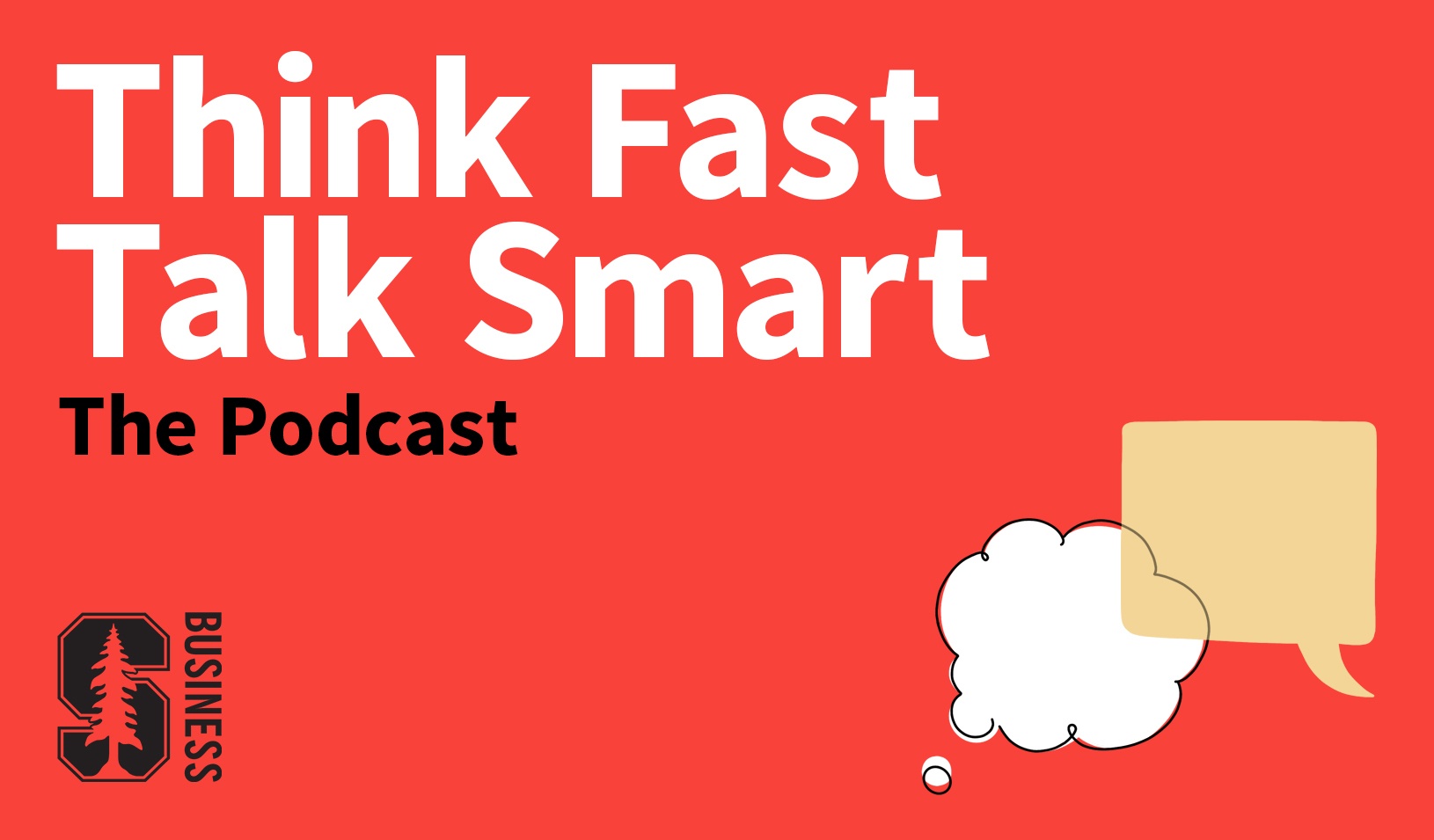Class Takeaways — How Managers Can Think Like Economists
Five lessons in five minutes: Associate Professor Takuo Sugaya shares economic principles for better decision-making.
December 15, 2023
Whatever your business does, you’ve got to try and predict what customers and competitors might do in response. The “fundamental benefit of learning economics,” says Associate Professor Takuo Sugaya, is learning “to understand human behavior and its consequences. That helps guide your decision-making.”
In his course, Managerial Economics, Sugaya teaches his students how to think like an economist and make more informed business decisions. This short video relays five key takeaways from the class.
Full Transcript
Takuo Sugaya: Hi, my name is Takuo Sugaya. I’m an Associate Professor of Economics at Stanford Graduate School of Business. My favorite class is Managerial Economics, which I have been teaching for more than 10 years. Today, I will talk about five takeaways from the class.
When we hear the word economics, we often think about the business cycle, GDP, interest rate, and other economic indicators. In my opinion, however, the most fundamental benefit of learning economics is to understand how economists think about human behavior and its consequences. That helps you guide your decision-making.
In economics, we model economic entities as purposeful agents, namely participants of economic activities, understand the objectives and constraints, and try to achieve the best outcome subject to the constraint. For example, you are a CEO of a company, and your objective can be maximizing the profit, maximizing the market share, and so on, and the constraint can be how much quantity is demanded by consumers given a particular price, how strong your arrival is, and so on.
If you want to maximize your objective, a simple yet very powerful rule of thumb is marginal thinking. That means, imagine what happens if you change your behavior a little bit toward one direction. If that improves your objective, then keep going towards that direction. If that reduces the objective, then move the opposite direction. If you are at optimal, a small change does not change the objective much. For example, suppose you want to maximize your profit by setting an optimal price. If you try to increase the price and the profit increases, then the optimal price is higher than the current price. If you try to increase the price and the profit goes down, then the optimal price is lower than the current price. If your current price is optimal, then a small change of the price should not change the profit much.
The next question is, what happens if there are multiple decision-makers interacting with each other? In that case, each one of them tries to maximize their own objectives. In some cases, other participants’ activities affect your objective or constraints. For example, your company’s profit, given a particular pricing strategy of yours, is likely to be affected by the rival company’s pricing strategies. The stable outcome of such interaction, which we call an equilibrium, is defined as the state in which each participant maximizes its own objective, taking what other participants are currently doing, as given.
An important concept to understand how equilibrium works is adverse selection. In the 1980s, American Airlines offered a lifetime first-class tickets to fly anywhere. American Airlines looked at the average spending of the frequent flyers and determined the price of this ticket. However, the only people who bought this product were people who flew all the time. As a result, American Airlines was losing money. The problem is, consumers try to maximize their own objectives, namely buying the ticket only if it is worth its money. As a consequence, American Airlines attracted an adversarially selected pool of customers compared to their overall customer base. This example reminds us that when we consider our business strategy, it is always good to remember the possibility of adverse selection.
I have two daughters… She was kind of saying that, “Oh, I want to go to Stanford and get an office next to your office,” or something like that. So, at least, she has a positive impression about being a professor at Stanford. I’m not entirely sure how much she understands what it means, but yeah.
For media inquiries, visit the Newsroom.
Explore More

If/Then: Why Research Matters

A Dozen of Our Favorite Research Stories of 2022



